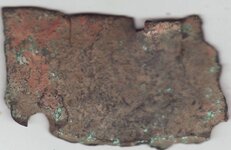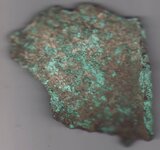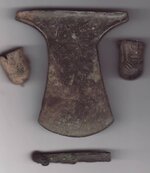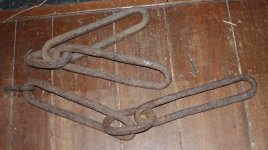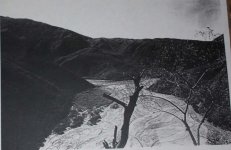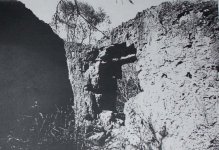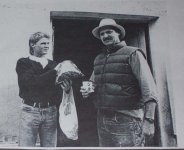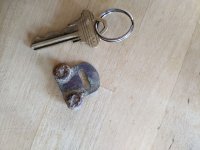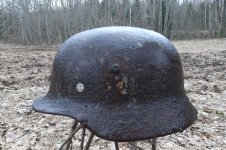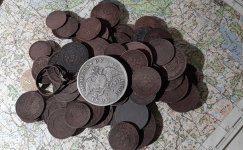Goodyguy
Gold Member
- Mar 10, 2007
- 6,489
- 6,895
- Detector(s) used
- Whites TM 808, Whites GMT, Tesoro Lobo Super Traq, Fisher Gold Bug 2, Suction Dredges, Trommels, Gold Vacs, High Bankers, Fluid bed Gold Traps, Rock Crushers, Sluices, Dry Washers, Miller Tables, Rp4
- Primary Interest:
- All Treasure Hunting




 Bolivia
Bolivia